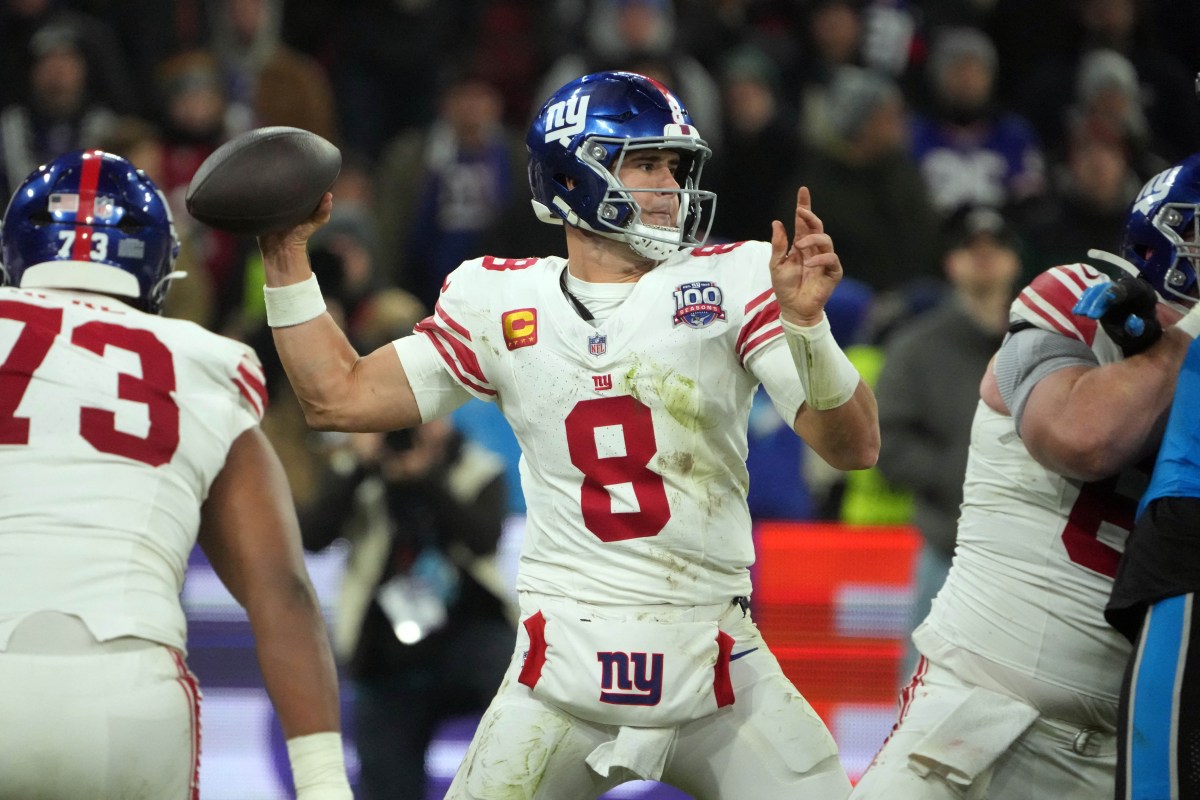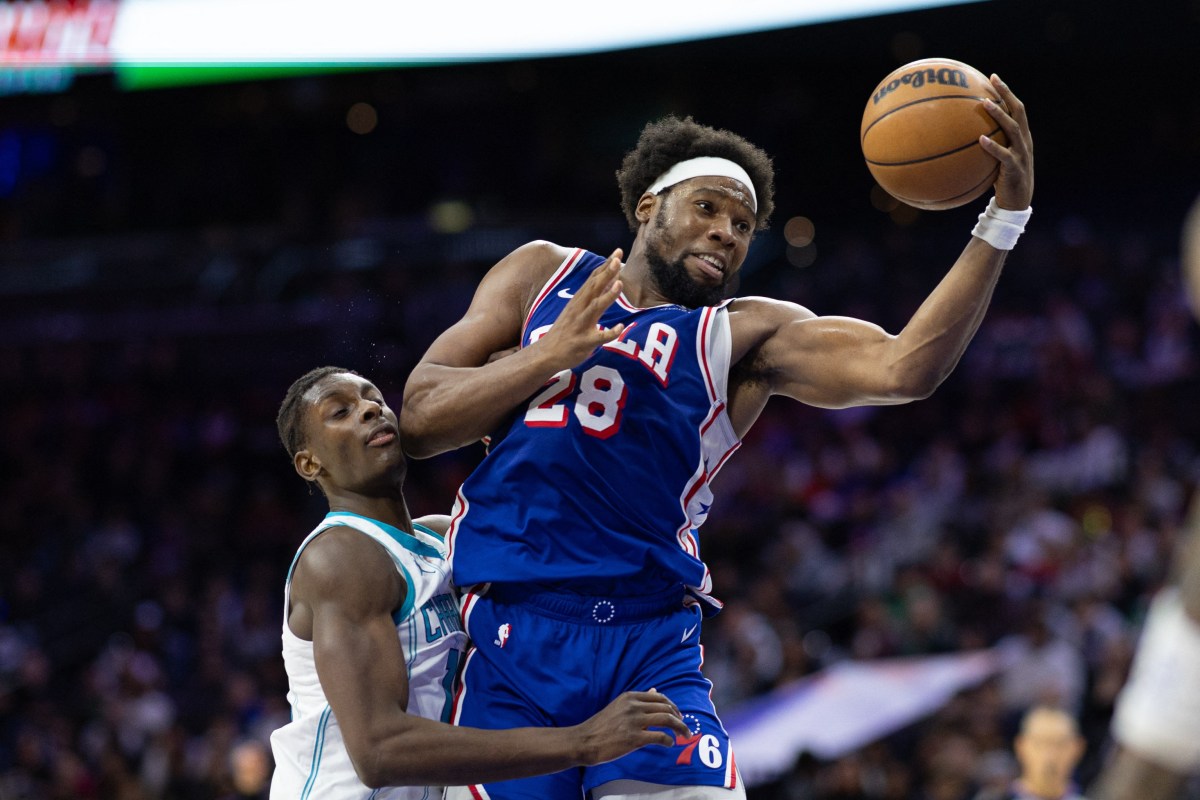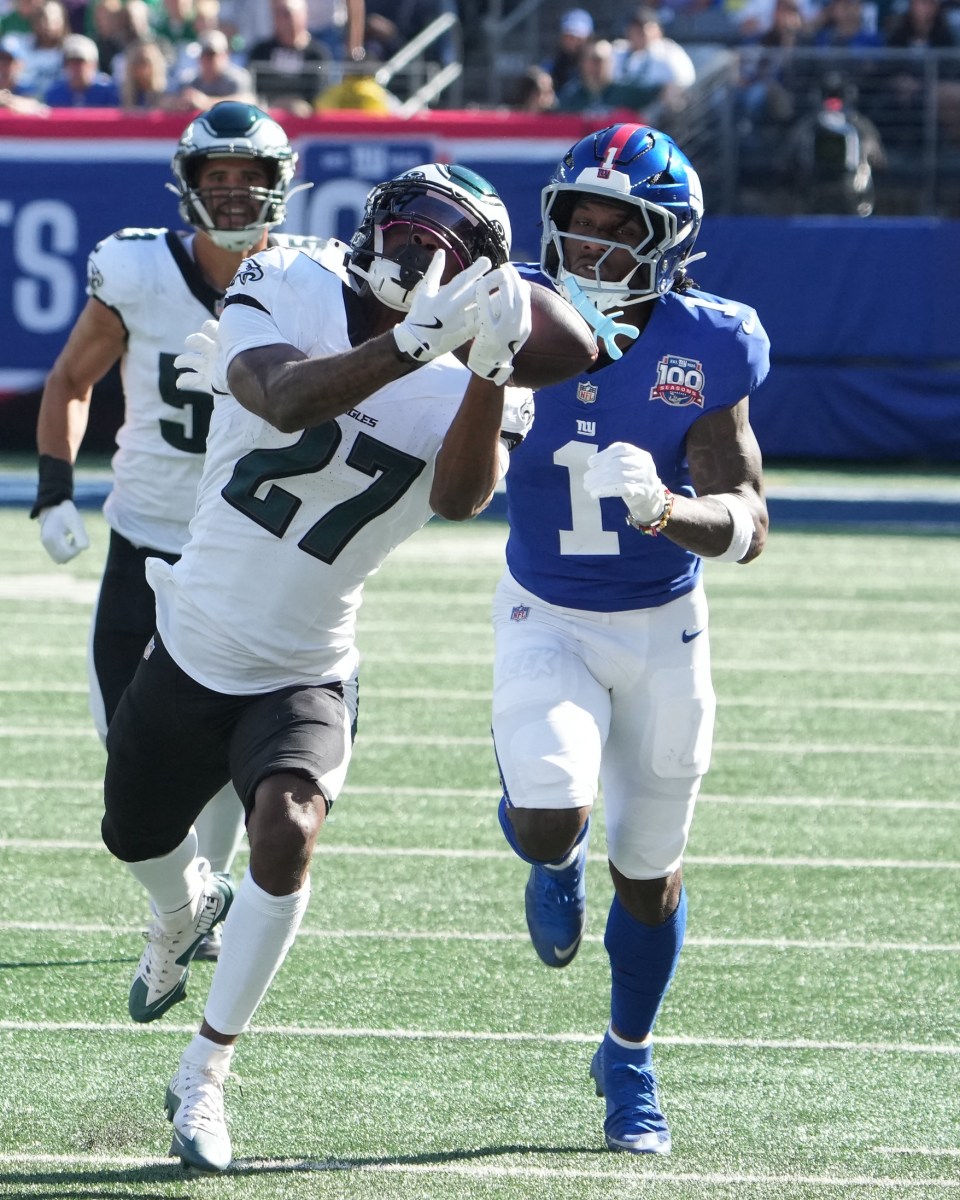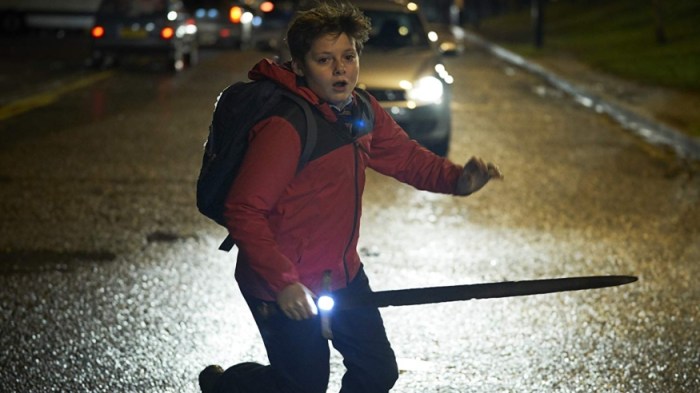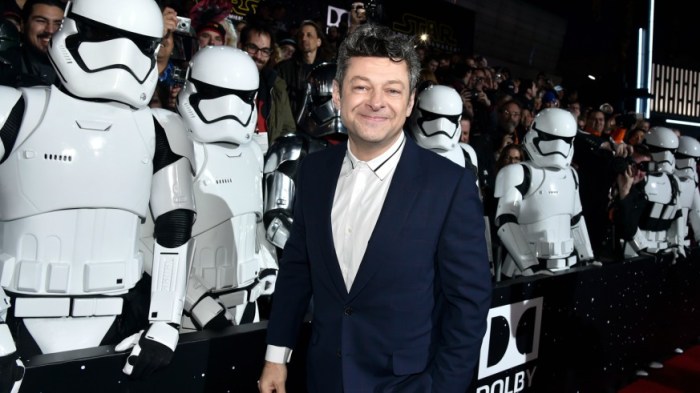Andy Serkis has opened up about Mowgli: Legend Of The Jungle’s race with The Jungle Book, admitting that he was happy to allow the Disney adaptation to hit theaters first because he wanted to perfect its visual effects.
Although Mowgli was actually announced over a year before The Jungle Book several change in directors and then the decision to use motion capture, as well as the box office success of Jon Favreau’s film, led to it being pushed back from October, 2016, to October, 2018.
After the decision was made to delay Mowgli’s release by two years, production simply “carried on,” Serkis tells Metro.
“We found ourselves in this race with Disney. When we found that out we thought there was no point and we wanted to take our time, because the facial capture was crucial to me.”
“A lot of this film is with the animals, which is very different to the other versions because we have a lot of close-ups. We are right there with the animals and you are able to see what they are thinking and their emotions.”
Andy Serkis took his time to perfect the visual effects in Mowgli
“That took a lot of time, and we didn’t want to rush that. The visual effects side of things we kept working on when we pushed it back.”
“We wanted to change some story elements, especially the story of Kaa, Cate Blanchett’s character, how she really played into the story as some kind of profit.”
“Someone who is really goading Mowgli to fight on behalf of the jungle. We were really evolving the story, kept on having actors come back, redoing these scenes.”
Ultimately, there was nearly five years between Mowgli’s start of production and its release date, with Serkis the first to admit it was a “long process.”
“We started filming in 2014, we shot in two passes the whole thing. We shot with our incredible A-list cast for a period of 3 weeks, where we shot we Rowan as Mowgli and the cast performing in motion capture suits around him.”
“We built proxy sets that would match the ones we built in the studio, which were full jungle sets, with waterfalls and greenery and all that stuff. Rowan lived the scenes with the cast.”
“Then we shot all of his days of coverage over 90 days of filming with a second team of other motion capture actors, who then emulated the cast.”
“So we always had a real performer and actor performing it, which created an emotional connection between Rowan and the actors. Then we went out on location and shot the village scenes in South Africa.”
“Of course, all the way through Mowgli, young Rowan, who was a 10 and 11-year-old was now 13 and 14. We were fully expecting him to have a beard by the time we were finished.”
“Fortunately he didn’t change too much, but he does actually grow. There are shots at the end of the movie where he is 14, when he started when he was 10.”

But why was Serkis so adamant that using motion-capture performances and then blending them with real animals was the right choice for Mowgli: Legend Of The Jungle?
“For me it was a design decision, which was important for two things. Number 1, this is Mowgli’s point of view.”
“In terms of the drama of the storytelling they are human, they are representing humanity, but they’re animals. It is not like in the Ape movies where you see the Apes learning to speak, grunting, and then them developing their own language.”
“These are intelligent animals. They’re humans who are transformed into animals. So from Mowgli’s point of view they are human.”
“Secondly, the idea of making a photo-real tiger mouthing words, to me, just didn’t fly. To make it look photo realistic without making it photo-real was the goal, so that you would read the facial expression of the actors.”
“It took a long time to do that and design the creatures. We did that by taking a panther and then taking Christian Bale’s face. And then basically morphing Christian Bale’s face slowly but surely onto it.”
“You would eventually find this sweet spot where’d you see both a panther and the expression of the actor. That was crucial and fundamental to get right. That’s why it took so long.”
“It is a design choice. If it was just the animal, I thought that the voices just wouldn’t sit. Because you know that the animal can’t make those shapes. I really thought long and hard about doing it.”
“Having done all of the work with mo-cap over the years, this was the biggest challenge, anthropomorphising a creature with muzzles or a snake successfully.”
Mowgli: Legend Of The Jungle debuts Dec. 7 on Netflix.








